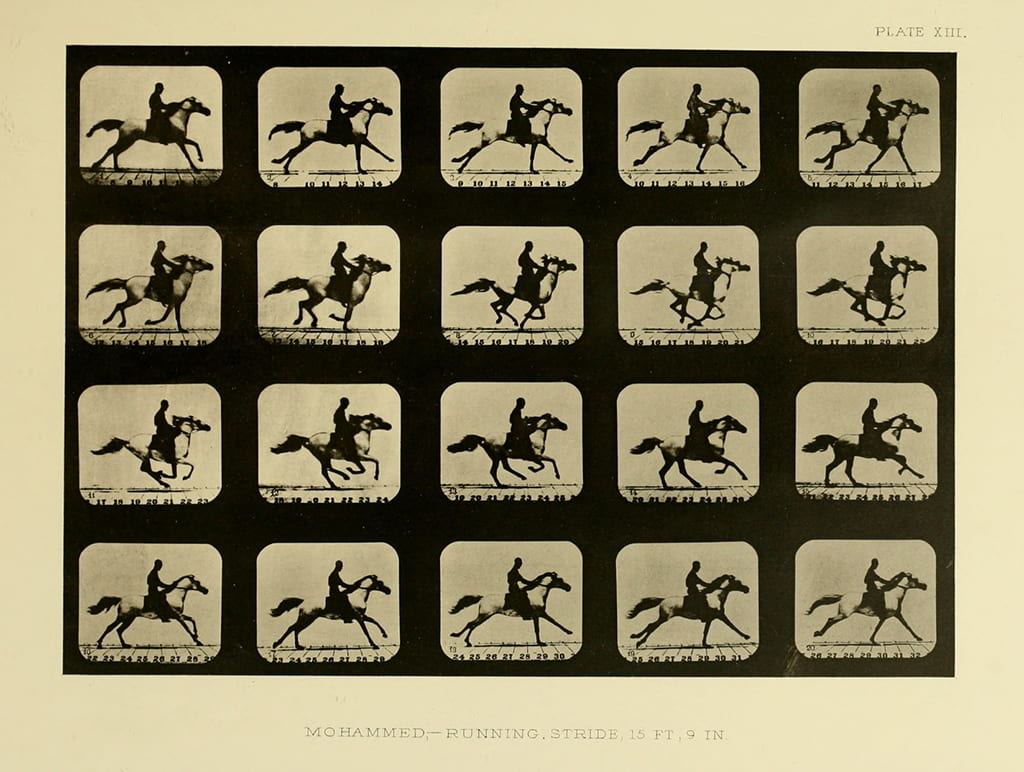Arab Warriors by the German painter Adolf Schreyer (1828–1899) depicts gallant Bedouin fighters, a subject inspired by the artist’s extensive travels. Schreyer visited Ottoman Syria and Egypt in 1856 or 1859 and Algeria in 1861. On these trips he steeped himself in Bedouin culture, making hundreds of sketches, studying Arabic, and riding alongside Bedouin horsemen. In Arab Warriors he blended fact and fiction, rendering realistically Bedouin clothing, weaponry, and cavalry while enveloping the scene in free and bold brushwork that exaggerates the wild life of the desert nomads. Schreyer’s technique departs dramatically from the tight, enamel-like finish of other nineteenth-century Orientalist painters, although he shared their romantic view of Bedouins as free, hardy, and noble warriors. Presumed similarities between the tribal life of Bedouins roving the lands of ancient Israel and the Old Testament patriarchs who roamed the same region heightened their appeal as living reenactors of biblical times.[53]
Schreyer’s paintings of Arab horsemen gained enormous popularity in the US in the Gilded Age; as the critic C. Stuart Johnson observed at the time, “almost every American collection of any note contains a Schreyer.”[54] The St. Louis collector Charles Parsons purchased Arab Warriors from Knoedler Gallery in New York in 1876.[55] In contrast to the painting’s romantic view of Bedouins, Parsons disparaged the real Arab people he encountered on his global travels. In Notes of a Trip Around the World in 1894 and 1985 (1896), he characterized Egyptian Arabs as ignorant vandals who stripped ancient monuments for building materials and souvenir fragments to sell to foreigners.[56]
Schreyer was especially renowned for his accuracy in depicting horses. The splayed “rocking horse” pose of the central steeds in Arab Warriors, however, would shortly be controverted by the world’s first stop-action photographs of a galloping horse, debuted by Eadweard Muybridge (1830–1904) in 1878.
Image credits:
Adolf Schreyer (German, 1828–1899), Arab Warriors, c. 1870s. Oil on canvas, 18 3/4 x 32 7/8 in. Mildred Lane Kemper Art Museum, Washington University in St. Louis. Bequest of Charles Parsons, 1905.
Eadweard Muybridge (British, 1830–1904), Mohammed—Running Stride, 15 ft, 9 in., plate XIII from The Horse in Motion, by J. D. B. Stillman, published 1882. Published by James R. Osgood, Boston. Image courtesy of Hathi Trust.

